
“I live in Phu Nhuan, but because of the difficult roads, my brothers and I only get together once or twice a year, even though they live in Thu Duc,” Mr. Le Xuan Hoa (60 years old, living in Phu Nhuan district) recalls the streets in 1995.
After the liberation in 1975, Mr. Hoa followed his family from Quang Binh to Ho Chi Minh City to live. After more than 30 years of attachment, he expressed his emotion and pride when the city developed more and more.
In Mr. Hoa's memory, the roads in the city 30 years ago were often the only ones. Outside the central districts, traveling to neighboring areas took a lot of time.
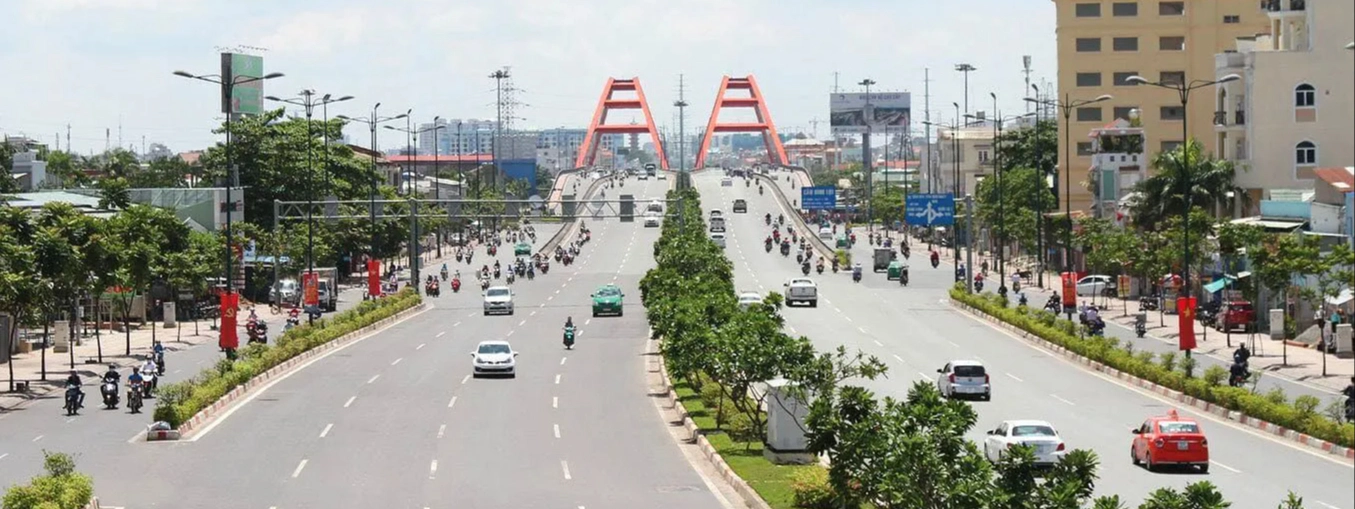
Pham Van Dong Street connects Thu Duc City with Binh Thanh, Go Vap, Tan Binh districts to Tan Son Nhat airport.
“Thu Duc was a suburb back then, and it sounded as far away as if it were in the province. Since Pham Van Dong Avenue was built, the trip has only taken 30 minutes instead of more than 1.5 hours like before. The route also connects to National Highway 1K to Binh Duong and Dong Nai, which is very convenient,” said Mr. Hoa.
Building the city's infrastructure in the first years after liberation was also a challenging task. Ho Chi Minh City quickly started upgrading and expanding many roads, building new intersections at Phu Lam, Hang Xanh... The North-South road system with a series of large bridges such as Ong Lanh, Nguyen Tri Phuong, Tan Thuan 2, Khanh Hoi... was also completed, gradually marking the strong transformation of the city.
At the same time, Pham Van Dong Avenue was invested with 340 million USD, 10 lanes wide. The project started in June 2008 and was put into operation in 2016. This is the route connecting Tan Son Nhat airport through Tan Binh, Go Vap, Binh Thanh, Thu Duc districts with Binh Duong and Dong Nai provinces.
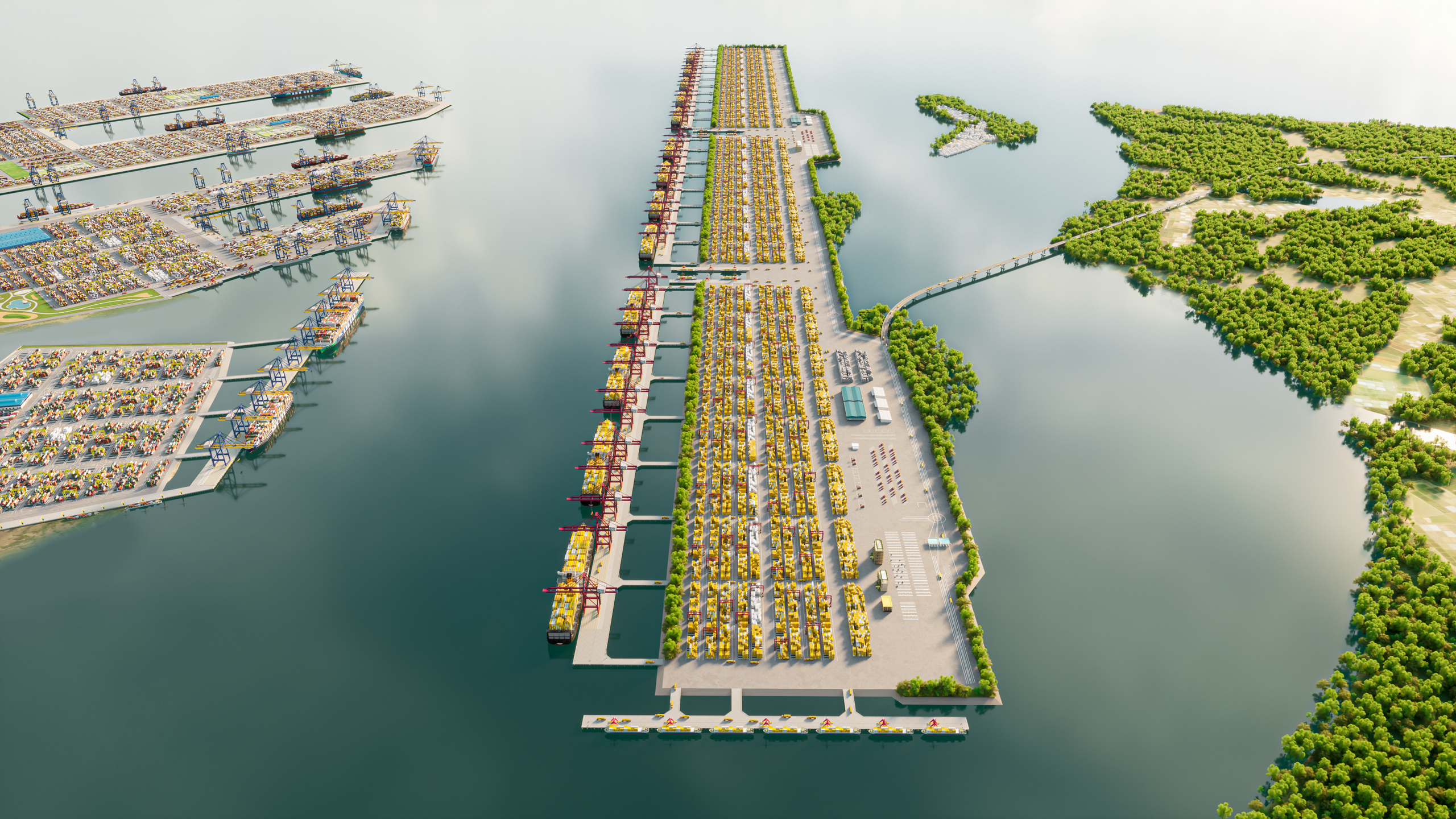
Can Gio international super port is expected to be a breakthrough in opening the gateway to the sea of Ho Chi Minh City. Photo: Porcoast

In the following years, the East-West axis system with main routes such as Truong Chinh Street, Hanoi Highway, National Highway 13... continued to be built. Ho Chi Minh City's traffic was connected and created the premise for breakthrough development along both banks of the Saigon River.
Among these, the 24km East-West Avenue passing through 8 districts is considered the city's heritage road because it runs throughout the 300-year history of formation and development of Saigon - Ho Chi Minh City.
This route was later renamed Vo Van Kiet and Mai Chi Tho avenues. The highlight of the project is the Saigon River tunnel (connecting District 1 with the old District 2, now Thu Duc City) which is nearly 1.5km long and more than 33m wide, and was put into operation in 2011 after more than 3,000 days of construction.
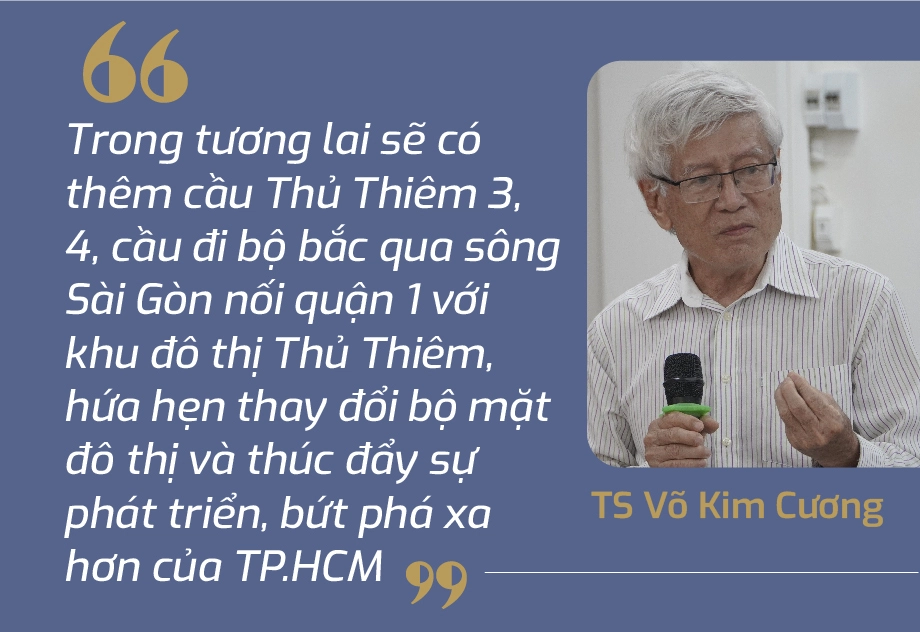
Strategic projects connecting regions are being formed one after another, such as the Ho Chi Minh City - Long Thanh - Dau Giay, Ho Chi Minh City - Trung Luong expressways, the Trans-Asia Highway (National Highway 22)...
Dr. Vo Kim Cuong, former Deputy Chief Architect of Ho Chi Minh City, acknowledged that in the context of limited resources, the city has proactively mobilized resources to invest in transport infrastructure with many different methods.
Since then, many important projects have been formed: Pham Van Dong Street, Ba Son Bridge invested in BT; Hanoi Highway, Phu My Bridge, Binh Trieu invested in BOT... Thanks to that, the city's appearance has had remarkable changes.

Khanh Hoi Bridge across Ben Nghe Canal is one of 11 important bridges on the East-West Highway.

Mr. Tran Quang Lam, Director of the Ho Chi Minh City Department of Transport, said that 2023 is a memorable year for Ho Chi Minh City when it has started a series of key projects, accelerated the completion of dozens of long-standing projects and prepared procedures for new projects.
The most typical example is Ring Road 3, after many years of waiting, Ho Chi Minh City and the localities of Dong Nai, Binh Duong, Long An simultaneously started construction. Following that were a series of projects such as An Phu intersection (Thu Duc City), National Highway 50 (the gateway to the West), Ring Road 2, the road connecting Tran Quoc Hoan Street - Cong Hoa Street, the expansion of Tan Ky Tan Quy Street...
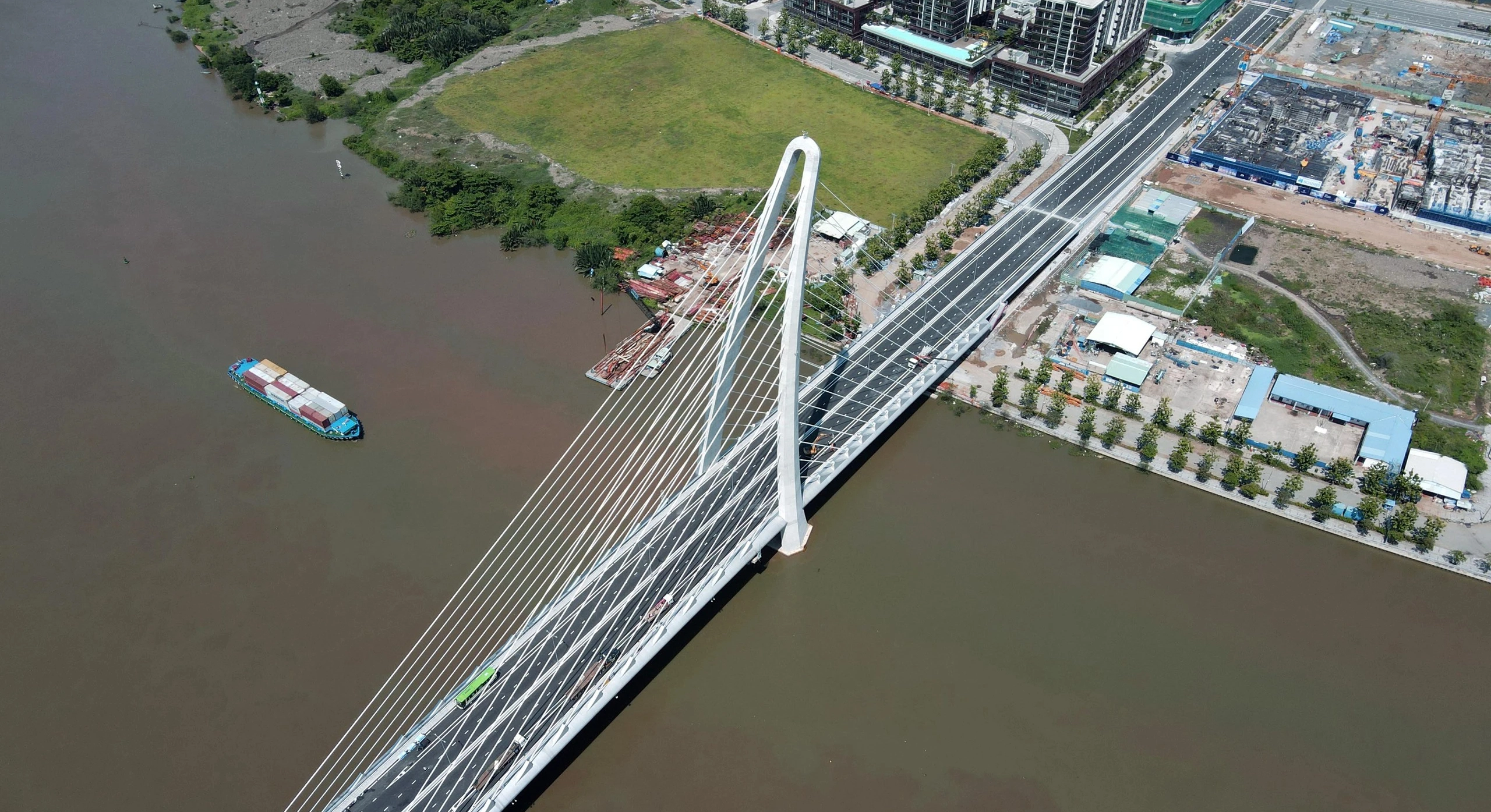
Thu Thiem 2 Bridge connects District 1 with Thu Duc City
At the same time, the city is preparing to implement many other major projects such as: Can Gio bridge, Thu Thiem 4, Nguyen Khoi, Binh Tien, Ring Road 4, Ho Chi Minh City - Moc Bai expressway, especially Can Gio international transit port.
The determination to make a breakthrough in disbursing public investment capital is also the message mentioned by the city's leaders. "With nearly 80,000 billion VND in capital, Ho Chi Minh City is confident in allocating enough capital for urgent projects," said Vice Chairman of Ho Chi Minh City People's Committee Bui Xuan Cuong.
Up to now, the city has decided to put the Ben Thanh - Suoi Tien metro line into commercial operation in early July 2024, and to start construction of the Ben Thanh - Tham Luong metro line 2 in 2025. At the same time, the Ho Chi Minh City Urban Railway Project Management Board has developed a project to invest in more than 200km of metro in 15 years.
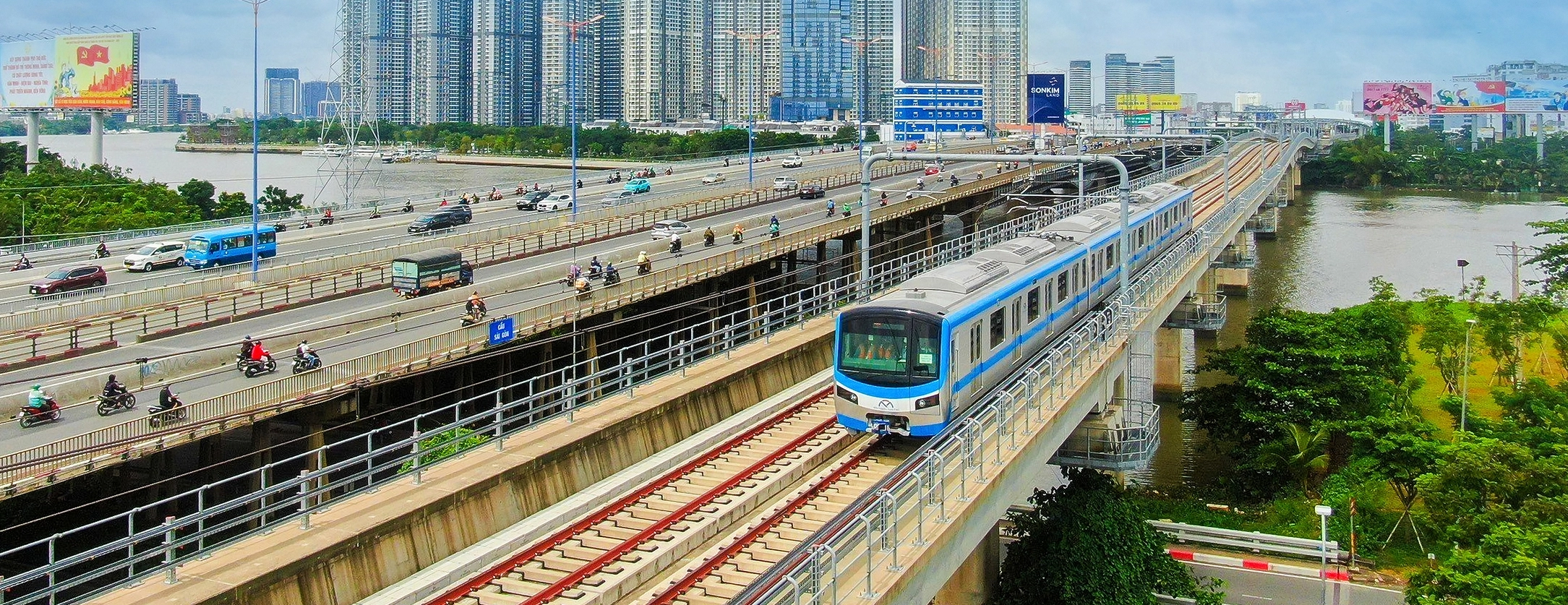
Ben Thanh - Suoi Tien metro line
At the same time, the Ben Thanh - Suoi Tien metro line is also being studied to extend to Binh Duong and Dong Nai. The extension of metro line No. 1 is part of the plan to connect major economic regions, helping to complete the important urban railway network.
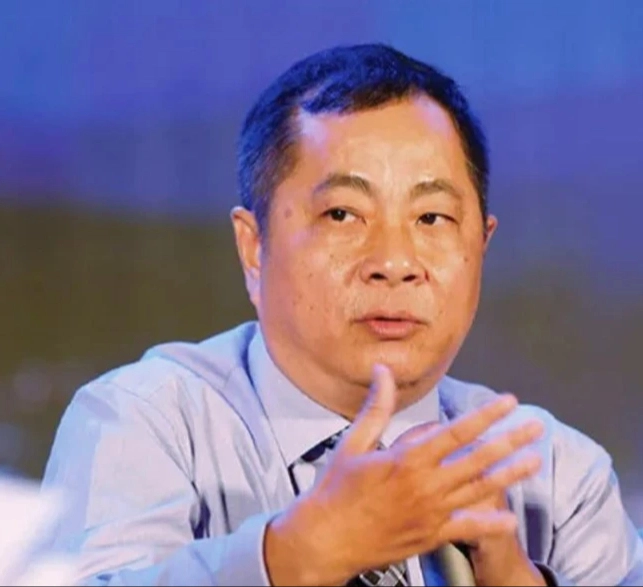
Dr. Dinh The Hien, economic expert Photo: KTĐT
Economist, Dr. Dinh The Hien, assessed that a series of transport infrastructure projects in Ho Chi Minh City in particular and the Southern key economic region in general are being implemented, which will gradually modernize the inter-regional transport system. This is an important lever to promote the development of Ho Chi Minh City and the whole region.
“In just the next 5 years, Ho Chi Minh City will have a transformation in terms of traffic infrastructure,” Dr. Hien acknowledged.
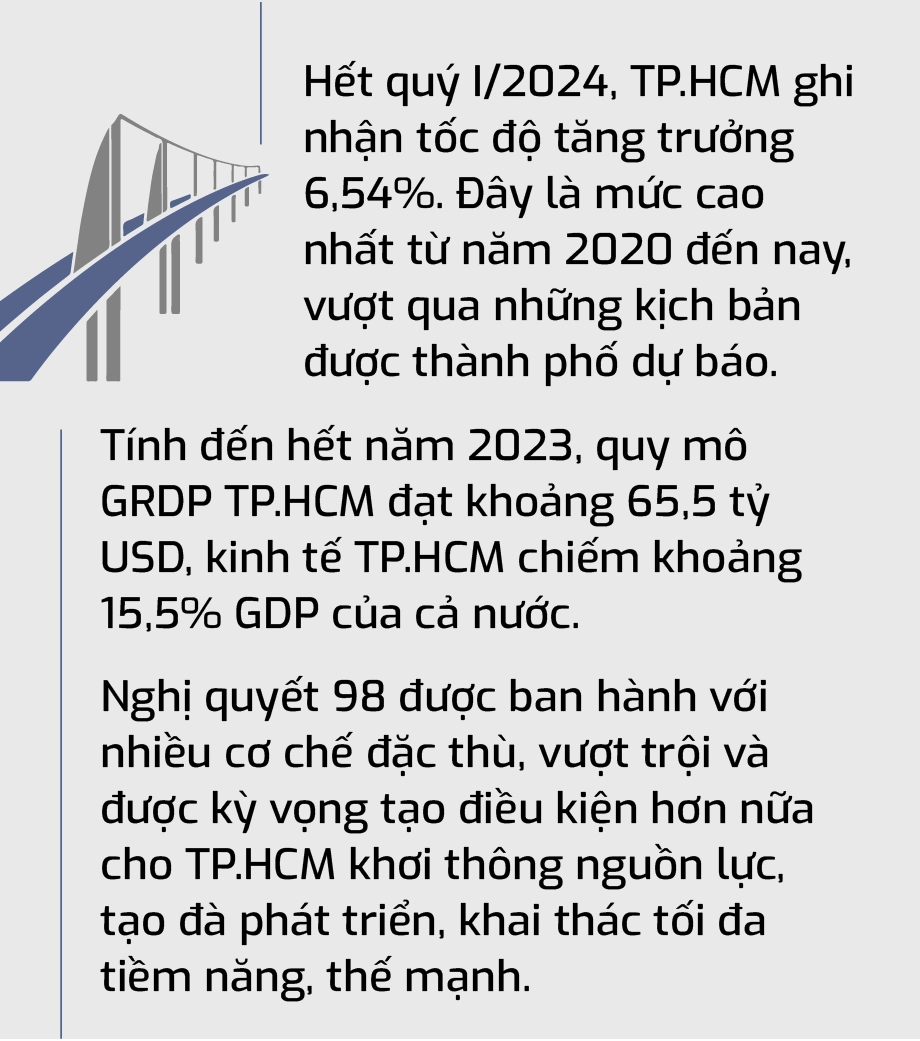
Source


![[Photo] Closing of the 4th Summit of the Partnership for Green Growth and the Global Goals](https://vstatic.vietnam.vn/vietnam/resource/IMAGE/2025/4/17/c0a0df9852c84e58be0a8b939189c85a)
![[Photo] General Secretary To Lam receives French Ambassador to Vietnam Olivier Brochet](https://vstatic.vietnam.vn/vietnam/resource/IMAGE/2025/4/17/49224f0f12e84b66a73b17eb251f7278)

![[Photo] Promoting friendship, solidarity and cooperation between the armies and people of the two countries](https://vstatic.vietnam.vn/vietnam/resource/IMAGE/2025/4/17/0c4d087864f14092aed77252590b6bae)
![[Photo] National Assembly Chairman Tran Thanh Man meets with outstanding workers in the oil and gas industry](https://vstatic.vietnam.vn/vietnam/resource/IMAGE/2025/4/17/1d0de4026b75434ab34279624db7ee4a)
![[Photo] Nhan Dan Newspaper announces the project "Love Vietnam so much"](https://vstatic.vietnam.vn/vietnam/resource/IMAGE/2025/4/17/362f882012d3432783fc92fab1b3e980)
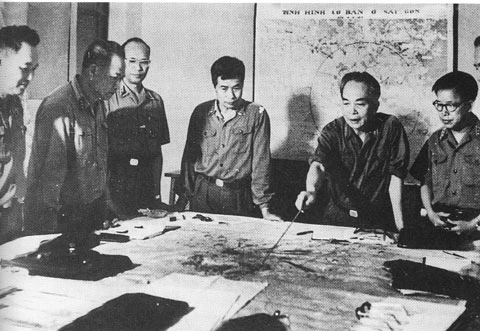



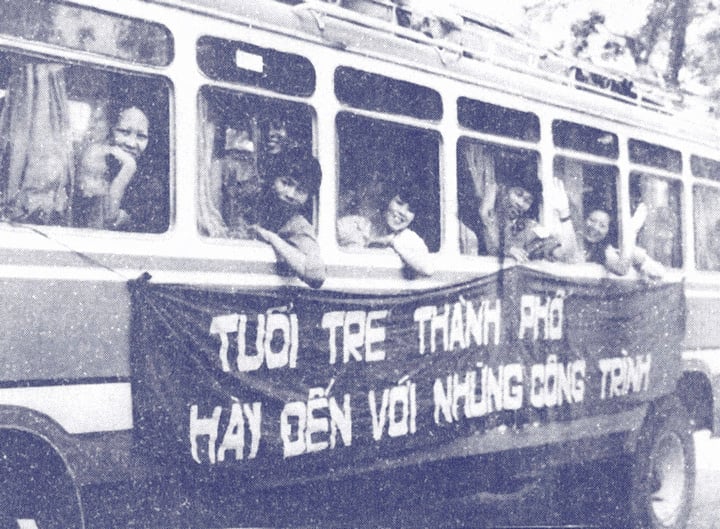
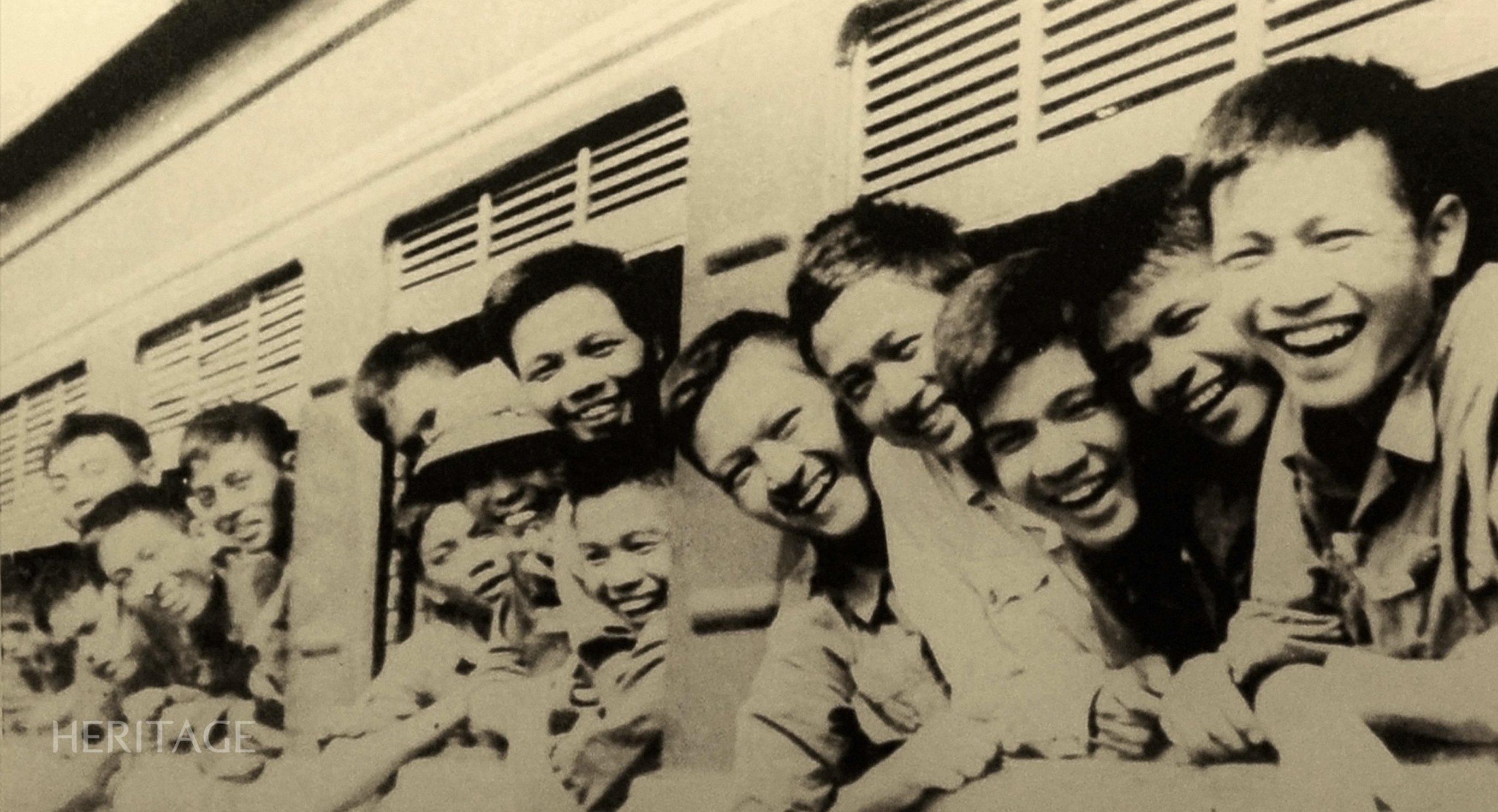

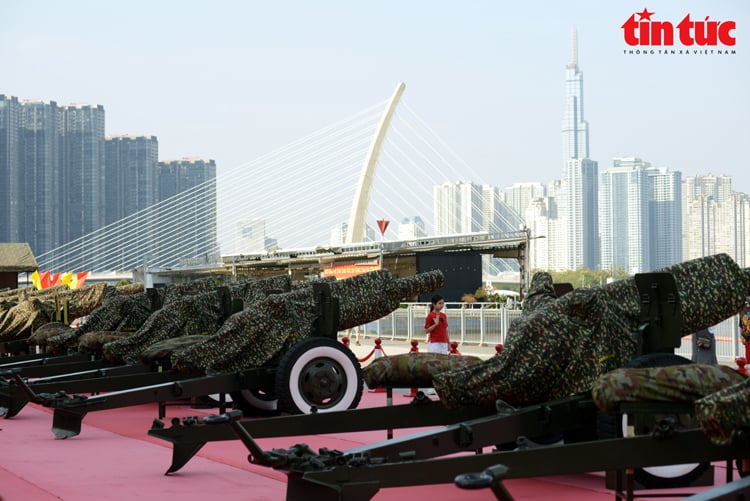
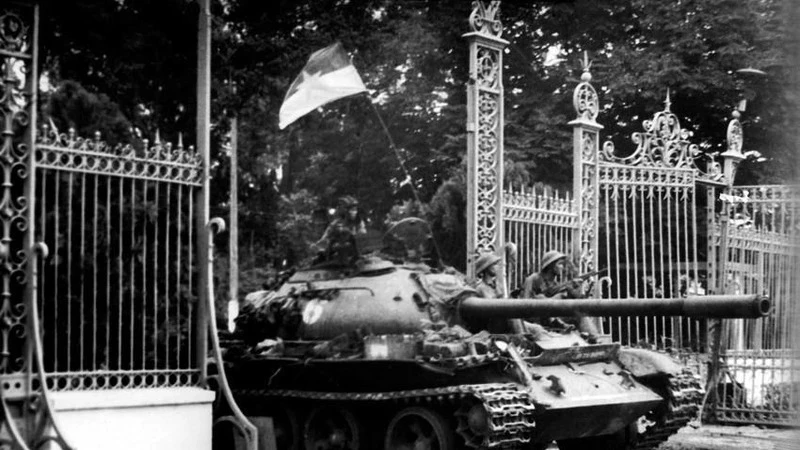


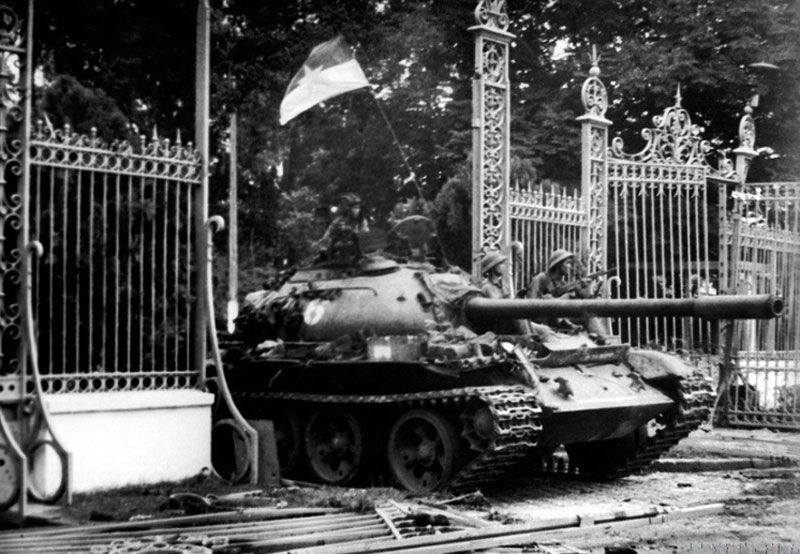
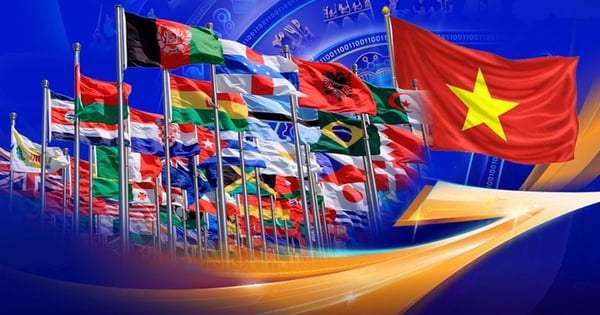
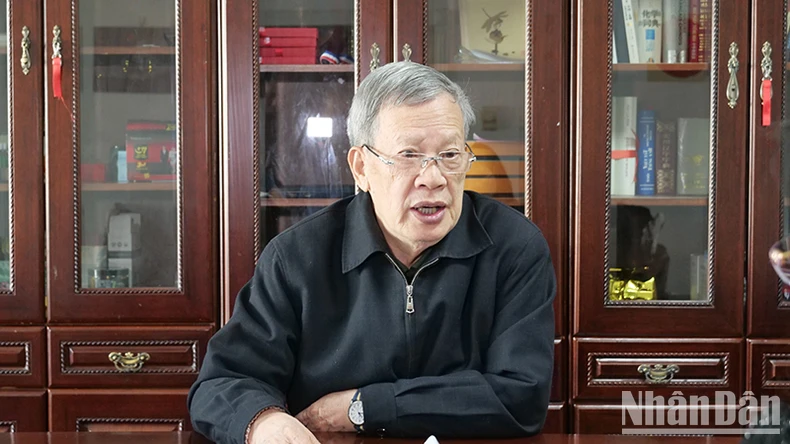
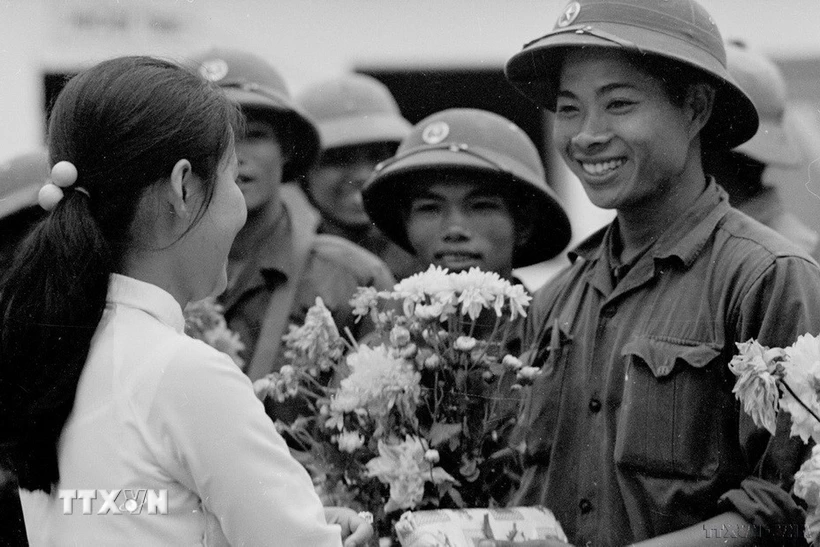




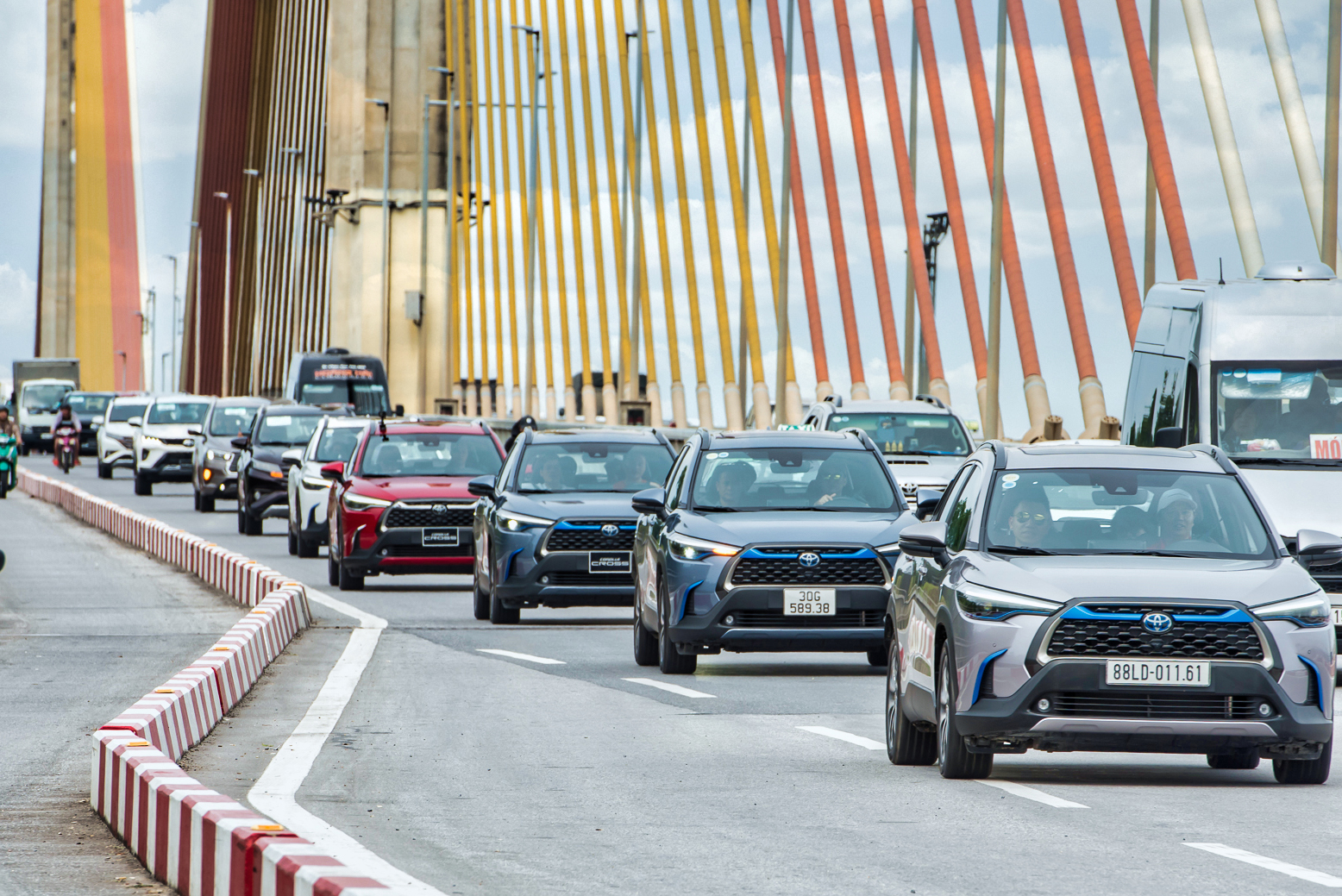





![[Photo] Welcoming ceremony for Chinese Defense Minister and delegation for friendship exchange](https://vstatic.vietnam.vn/vietnam/resource/IMAGE/2025/4/17/fadd533046594e5cacbb28de4c4d5655)



























![[Video] Viettel officially puts into operation the largest submarine optical cable line in Vietnam](https://vstatic.vietnam.vn/vietnam/resource/IMAGE/2025/4/17/f19008c6010c4a538cc422cb791ca0a1)
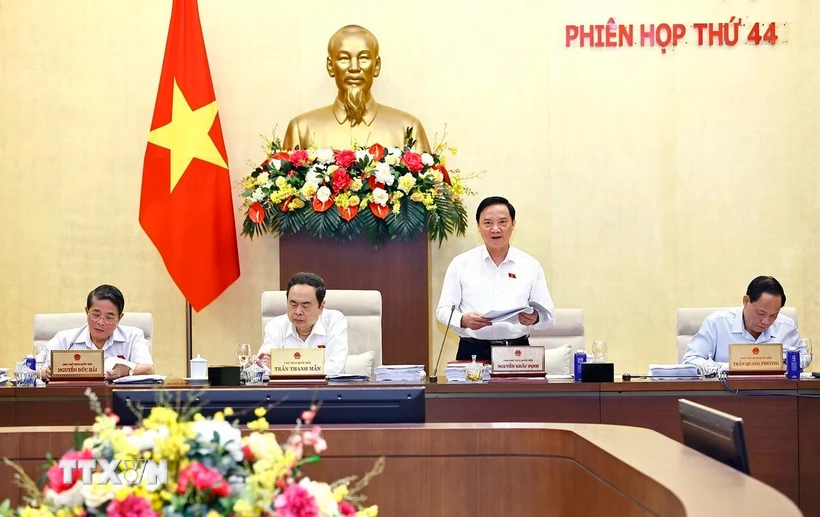
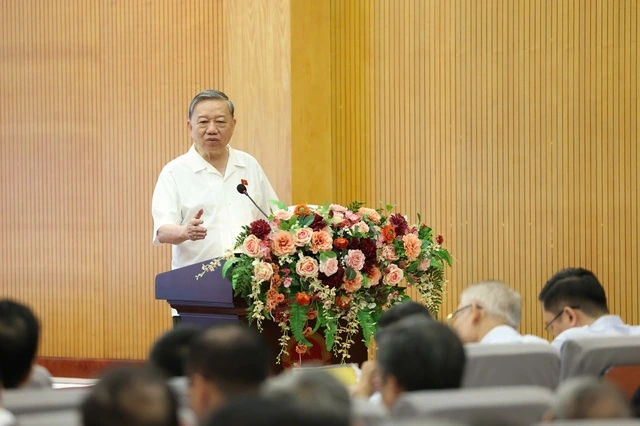

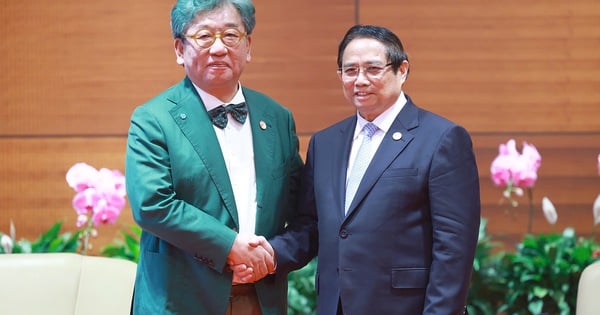


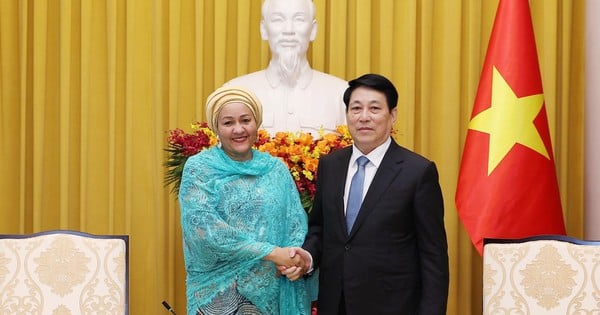
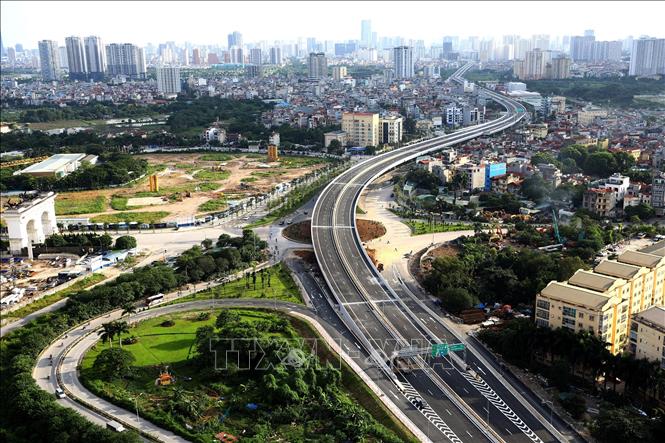


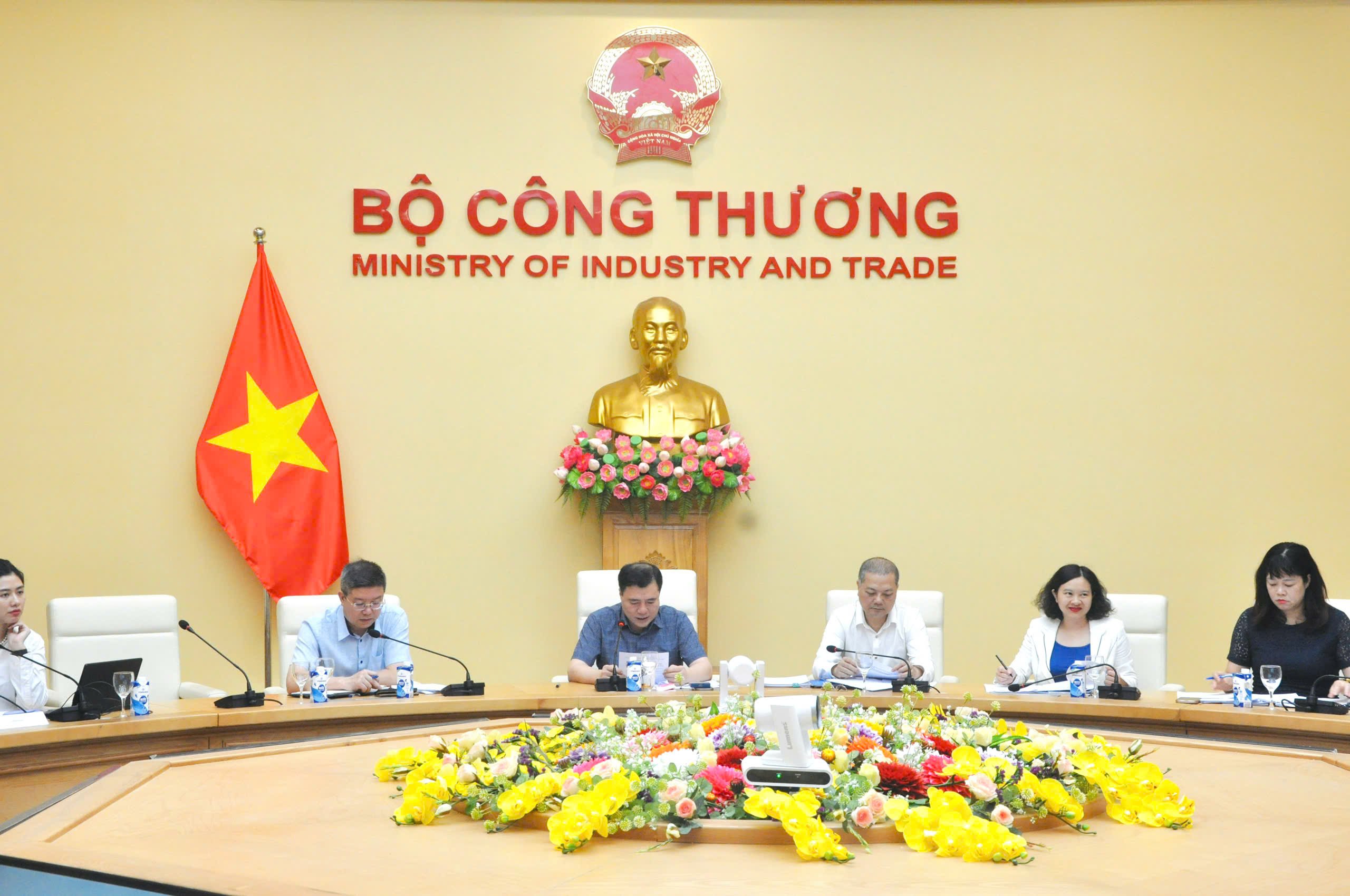

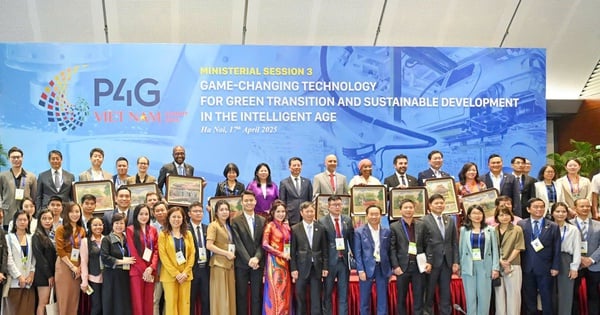

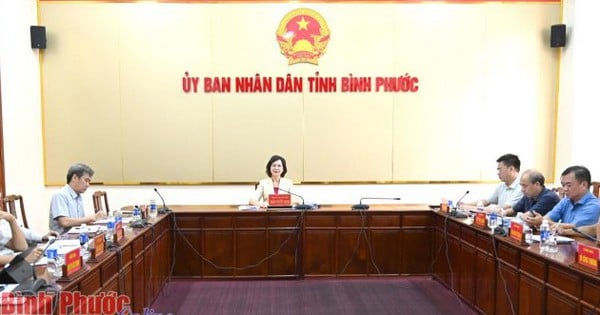

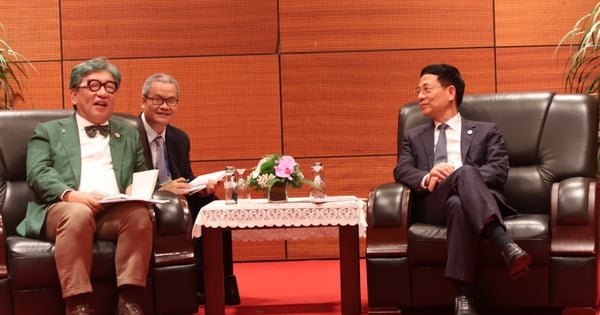


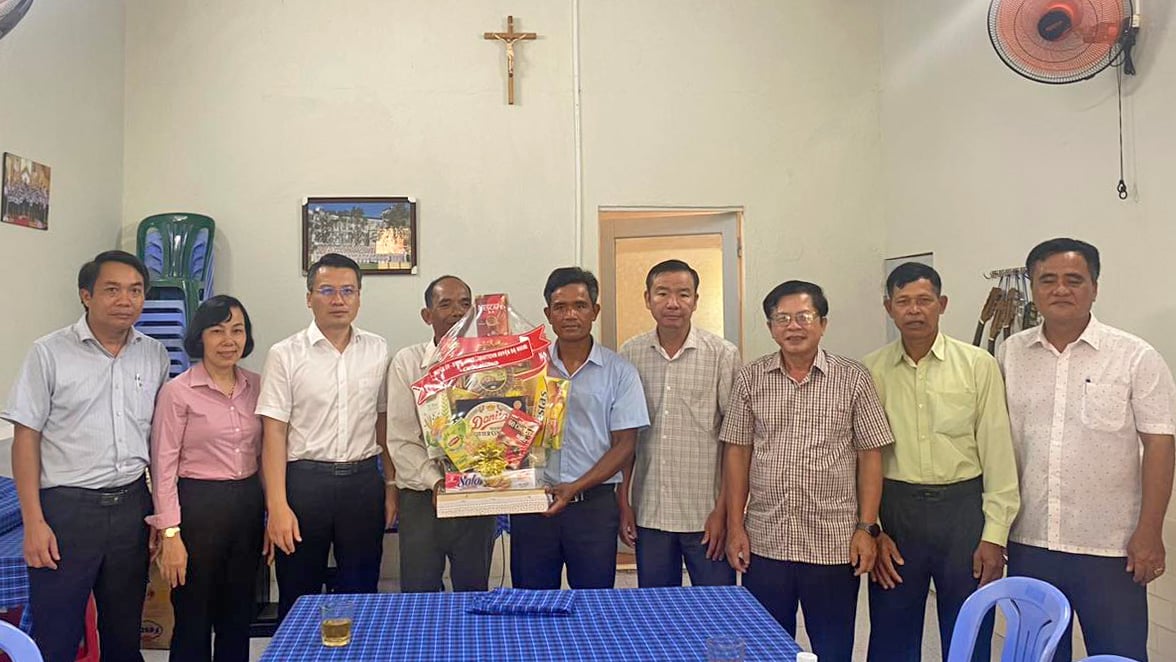
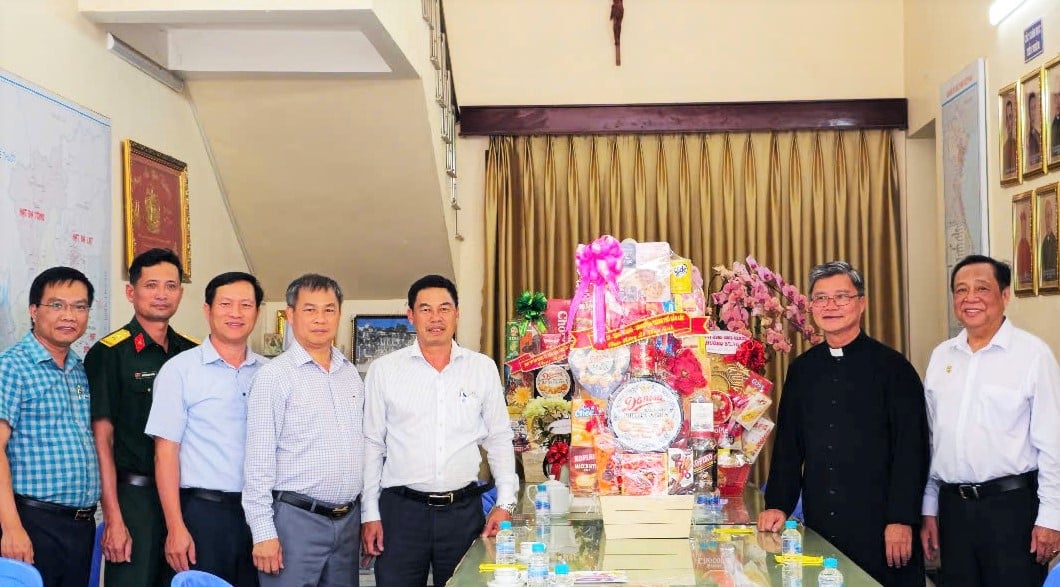
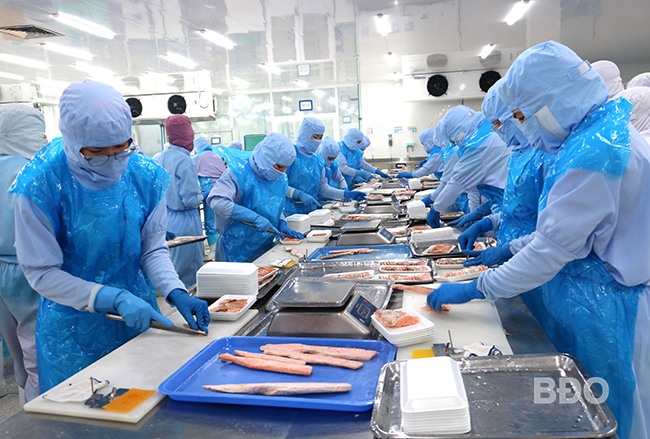

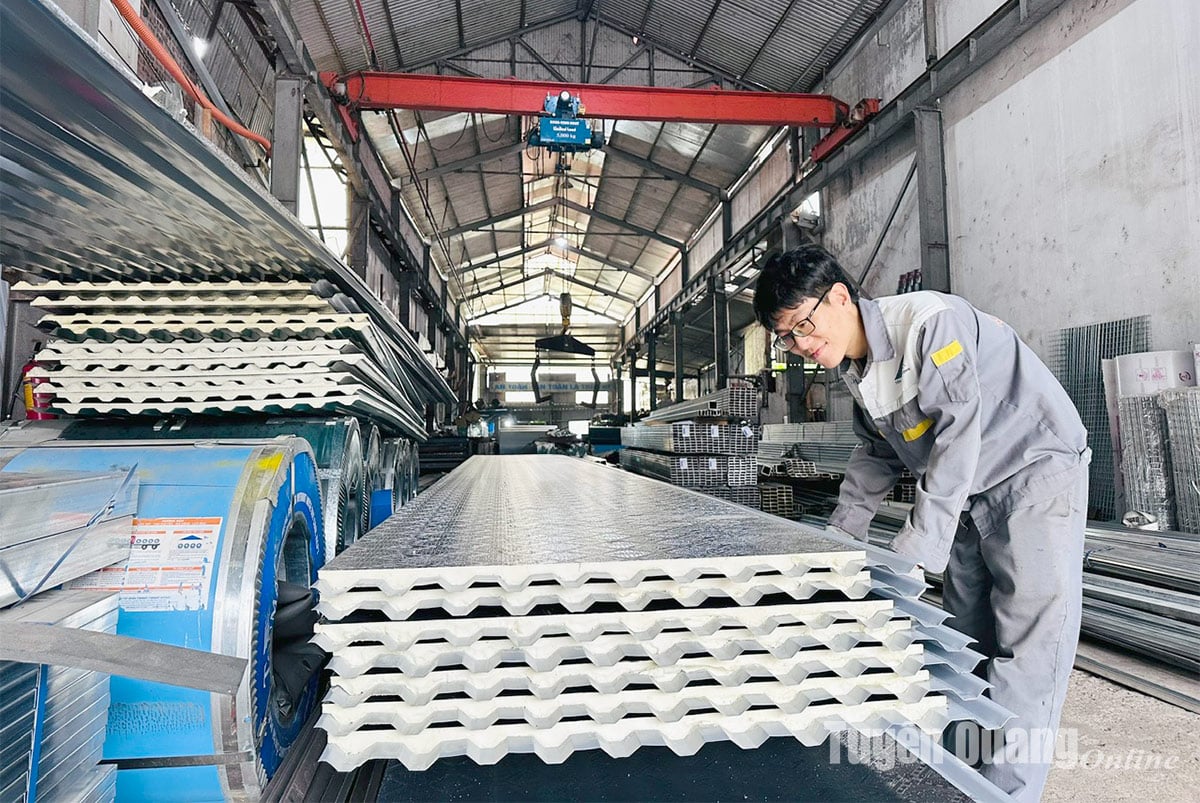

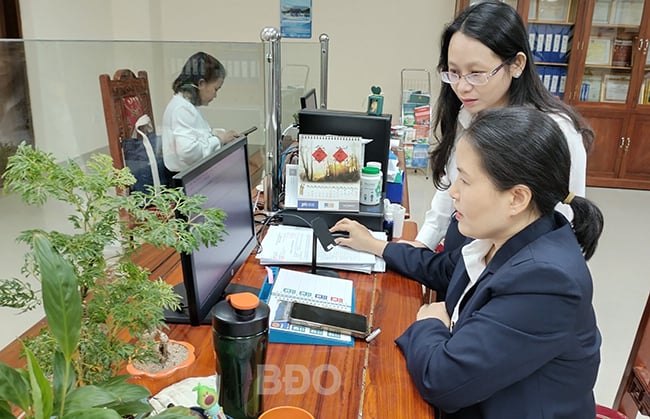











Comment (0)